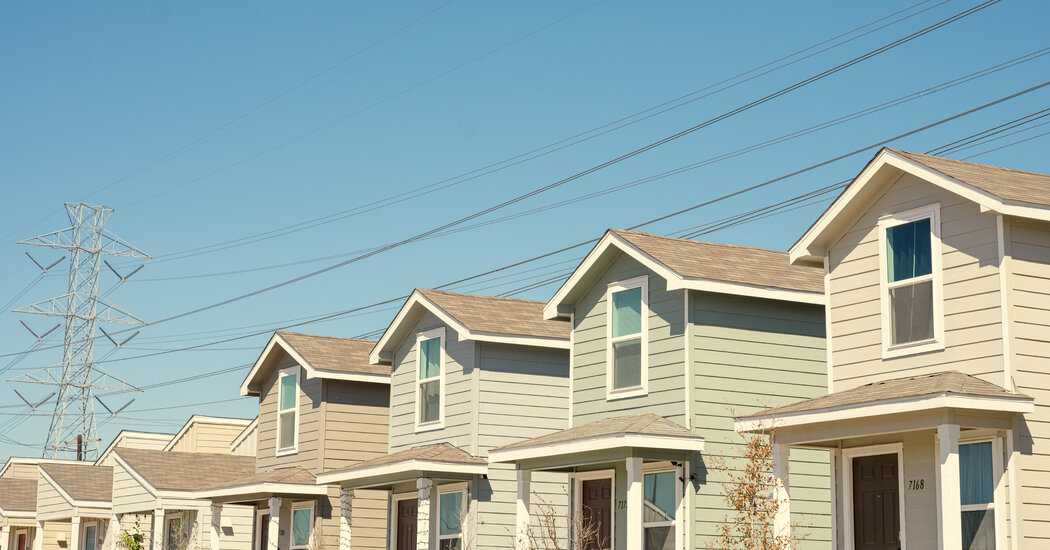The stubborn nature of housing inflation isn’t a total mystery. Economists knew it would take time for the moderation in rents seen in private-sector data to make its way into the Labor Department’s official Consumer Price Index.
There are two reasons for that delay. The first is technical: The government’s data is based on a monthly survey of thousands of rental units. A given unit is surveyed only once every six months, however. So if an apartment is surveyed in January and the rent goes up in February, that increase won’t show up in the data until the apartment is surveyed again in July. That causes the government data to lag behind conditions, especially during periods of rapid change.
The second reason is conceptual. Most private indexes include rentals only when they get new tenants. But the government aims to capture housing costs for all tenants. Because most leases last a year or longer, and because those who renew their leases often get a discount relative to people renting on the open market, the government’s data will typically adjust more gradually than the private indexes.


This is the best summary I could come up with:
Those expectations were based on private-sector data from real estate websites like Zillow and Apartment List and other private companies showing that rents have barely been rising recently and have been falling outright in some markets.
Economists knew it would take time for the moderation in rents seen in private-sector data to make its way into the Labor Department’s official Consumer Price Index.
“For the most part, they’re all saying the same thing, which is that rent inflation has moderated significantly,” said Laura Rosner-Warburton, senior economist at MacroPolicy Perspectives, an economic research firm.
The expenses that most people associate with homeownership — mortgage payments, homeowners’ insurance, maintenance and repairs — aren’t directly included in inflation measures.
The good news in the report, he said, is that rent growth has finally begun to cool, making him more confident that the long-awaited slowdown is emerging in the official data.
Before the pandemic, different parts of the housing market told generally consistent stories: Rents for apartments rose at roughly the same rate as those for single-family homes, for example.
The original article contains 1,417 words, the summary contains 176 words. Saved 88%. I’m a bot and I’m open source!